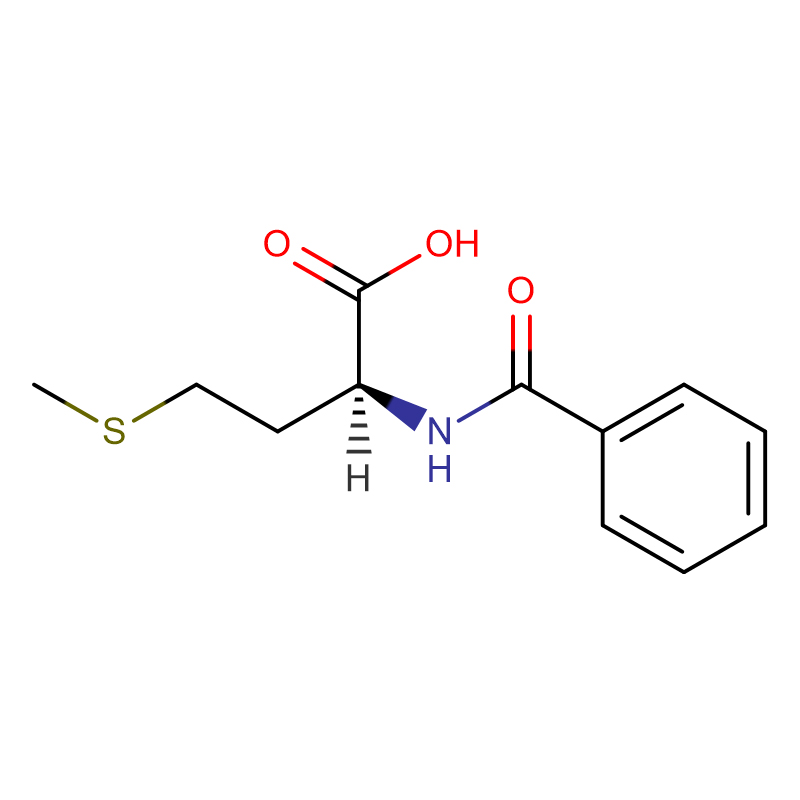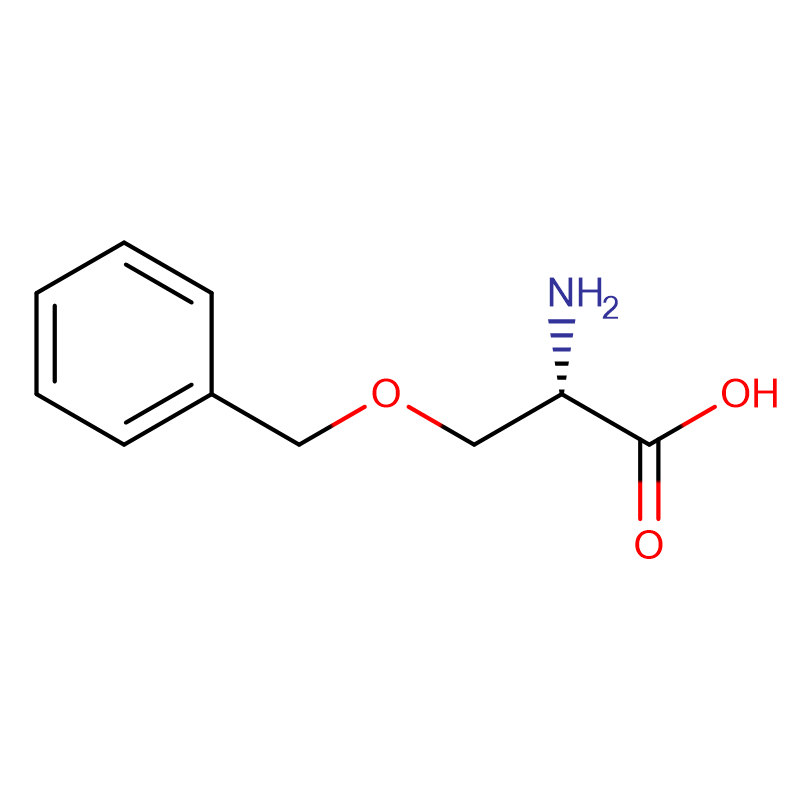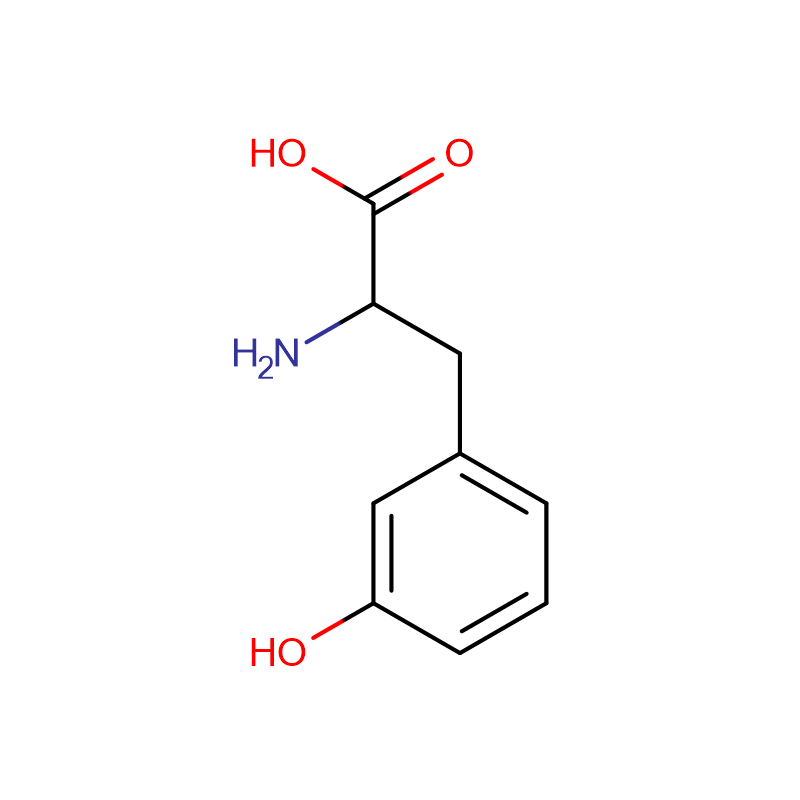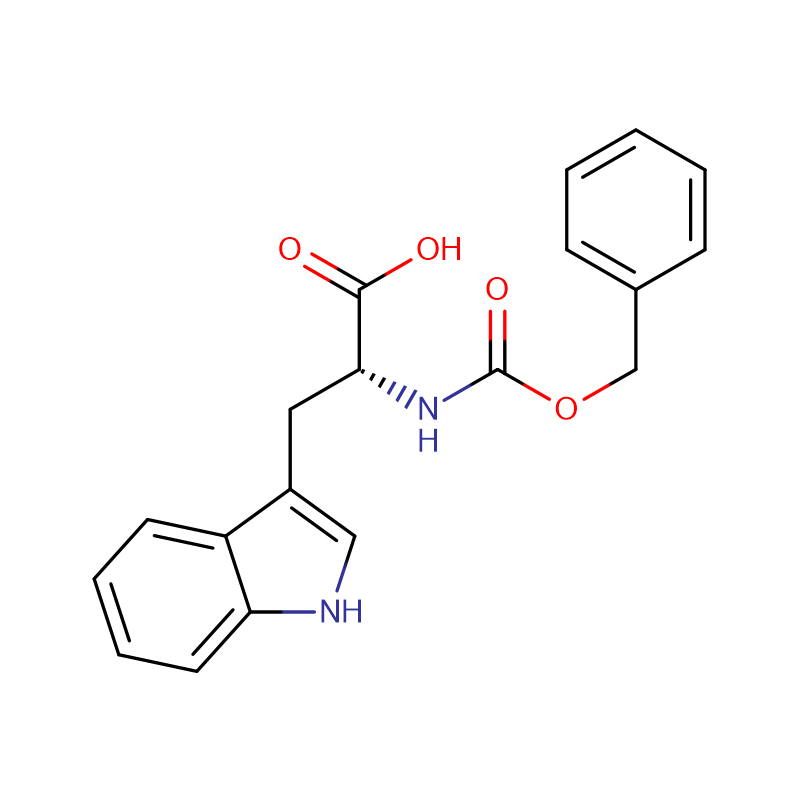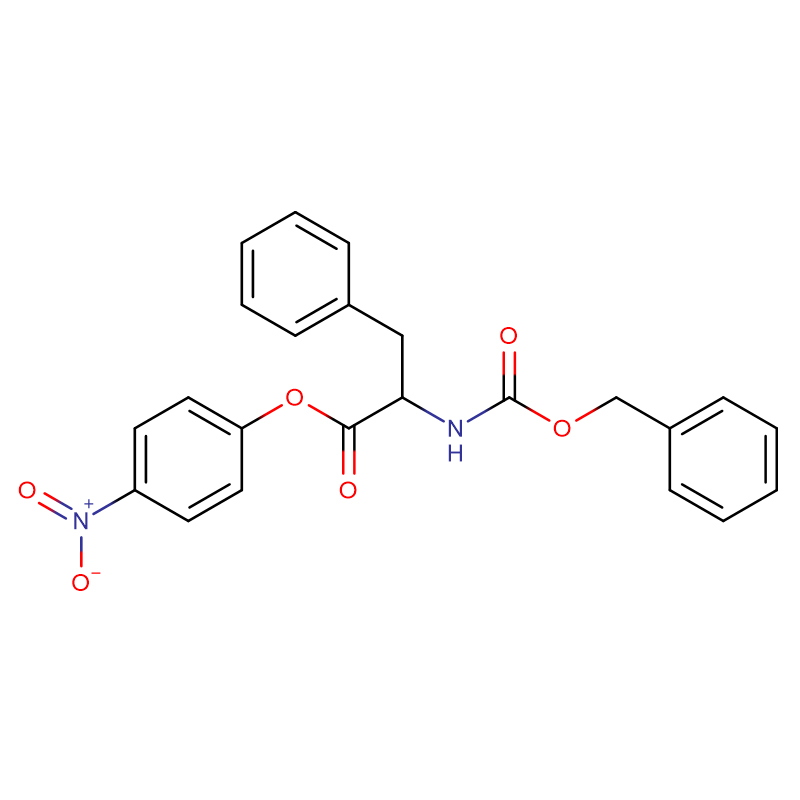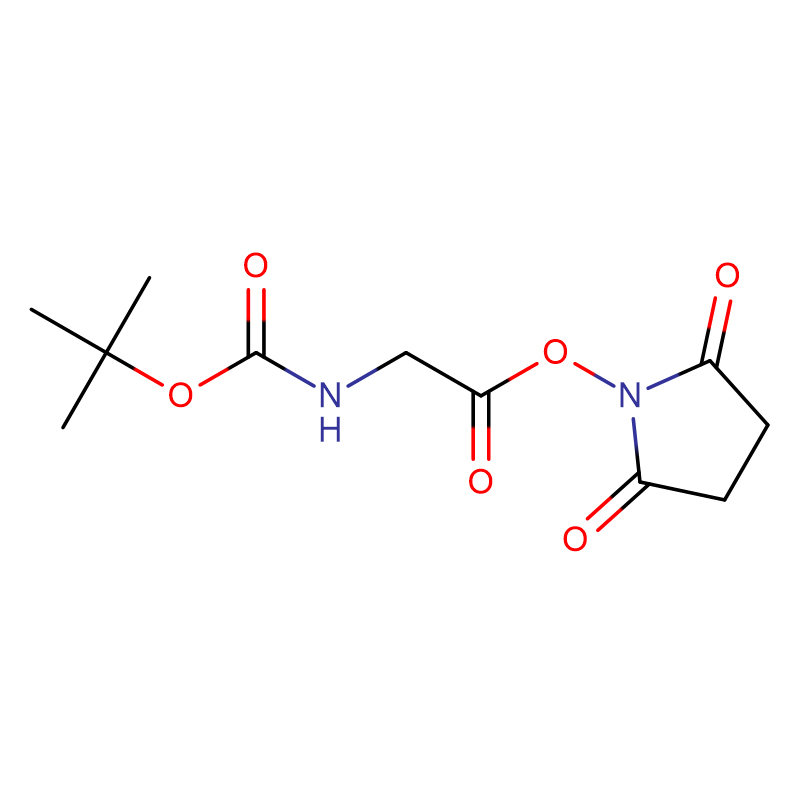β-Alanine CAS:107-95-9 White crystalline powder
| Catalog Number | XD90324 |
| Product Name | β-Alanine |
| CAS | 107-95-9 |
| Molecular Formula | C3H7NO2 |
| Molecular Weight | 89.09 |
| Storage Details | Ambient |
| Harmonized Tariff Code | 29224920 |
Product Specification
| Appearance | White crystalline powder |
| Assay | 99% |
Non-alcoholic fatty liver disease (NAFLD) has a broad spectrum of disease states ranging from mild steatosis characterized by an abnormal retention of lipids within liver cells to steatohepatitis (NASH) showing fat accumulation, inflammation, ballooning and degradation of hepatocytes, and fibrosis. Ultimately, steatohepatitis can result in liver cirrhosis and hepatocellular carcinoma.In this study we have analyzed three different mouse strains, A/J, C57BL/6J, and PWD/PhJ, that show different degrees of steatohepatitis when administered a 3,5-diethoxycarbonyl-1,4-dihydrocollidine (DDC) containing diet. RNA-Seq gene expression analysis, protein analysis and metabolic profiling were applied to identify differentially expressed genes/proteins and perturbed metabolite levels of mouse liver samples upon DDC-treatment. Pathway analysis revealed alteration of arachidonic acid (AA) and S-adenosylmethionine (SAMe) metabolism upon other pathways. To understand metabolic changes of arachidonic aci d metabolism in the light of disease expression profiles a kinetic model of this pathway was developed and optimized according to metabolite levels. Subsequently, the model was used to study in silico effects of potential drug targets for steatohepatitis.We identified AA/eicosanoid metabolism as highly perturbed in DDC-induced mice using a combination of an experimental and in silico approach. Our analysis of the AA/eicosanoid metabolic pathway suggests that 5-hydroxyeicosatetraenoic acid (5-HETE), 15-hydroxyeicosatetraenoic acid (15-HETE) and prostaglandin D2 (PGD2) are perturbed in DDC mice. We further demonstrate that a dynamic model can be used for qualitative prediction of metabolic changes based on transcriptomics data in a disease-related context. Furthermore, SAMe metabolism was identified as being perturbed due to DDC treatment. Several genes as well as some metabolites of this module show differences between A/J and C57BL/6J on the one hand and PWD/PhJ on the other.



